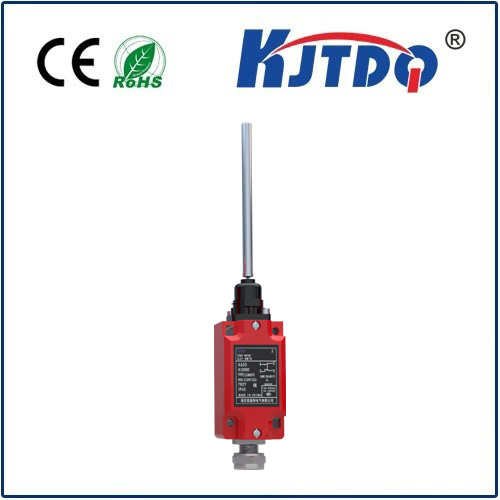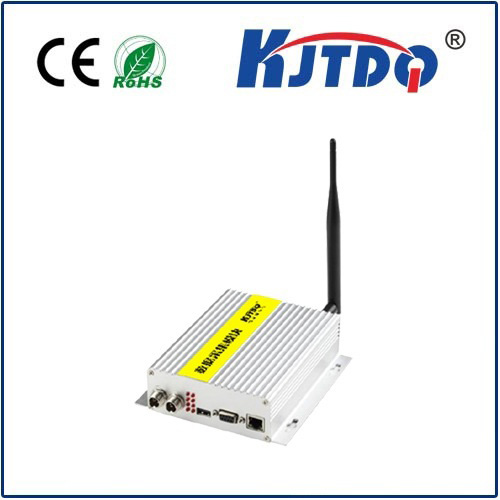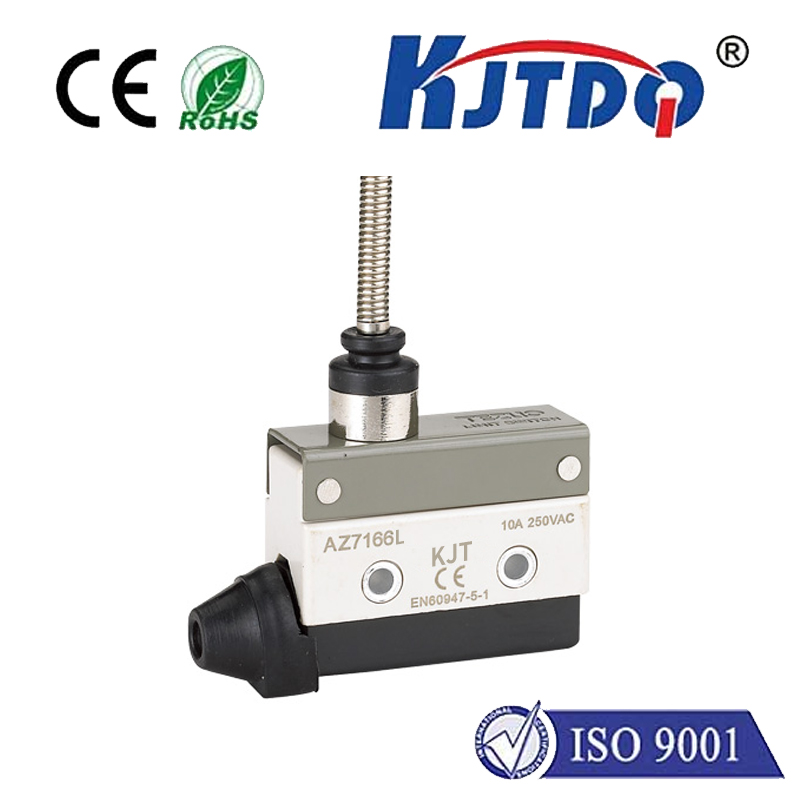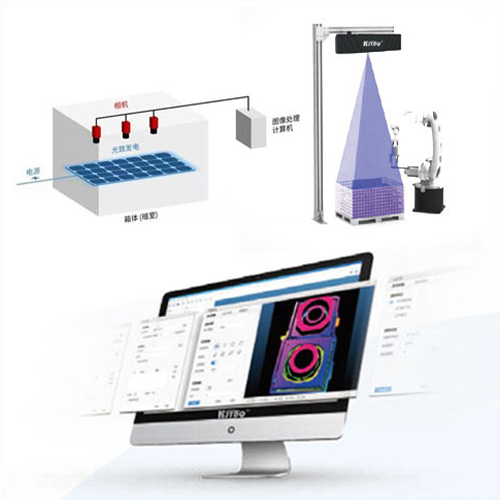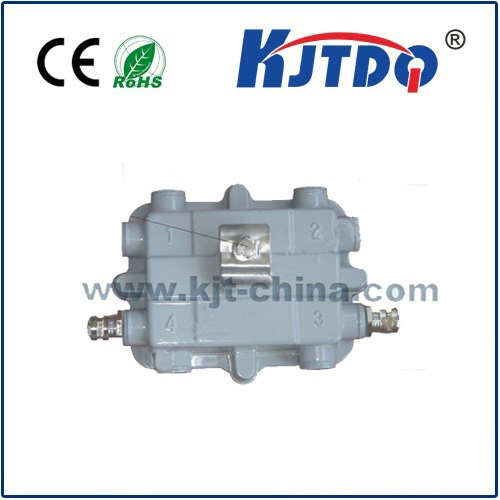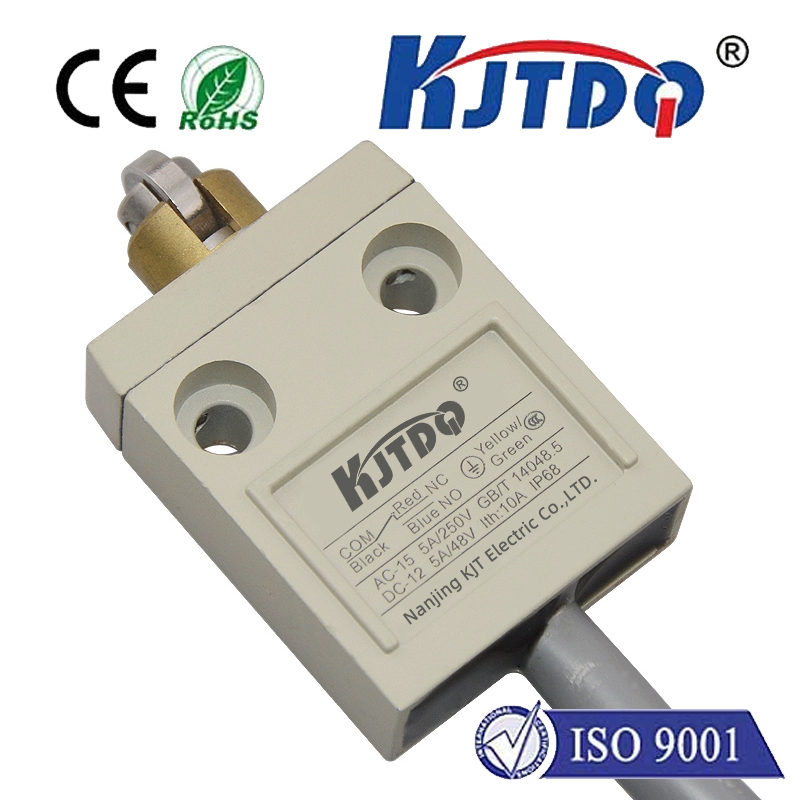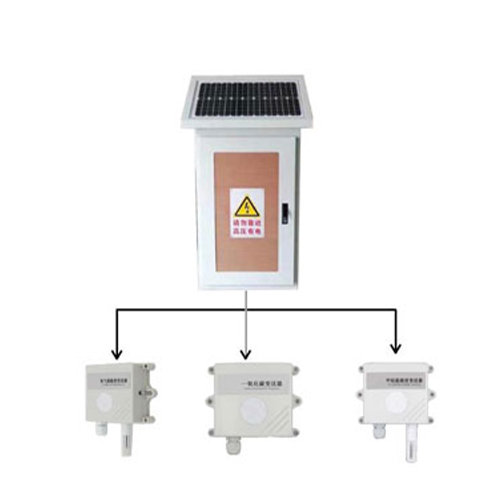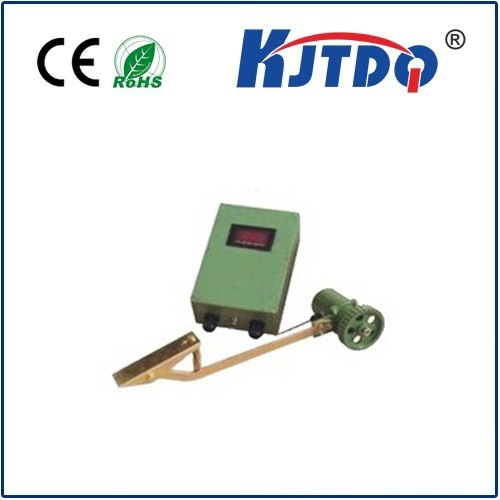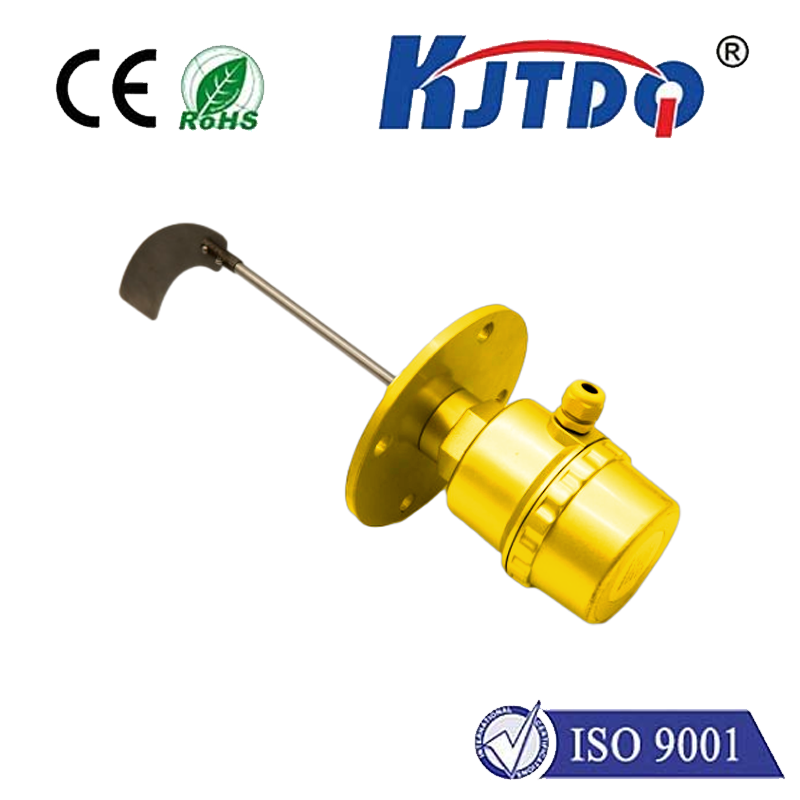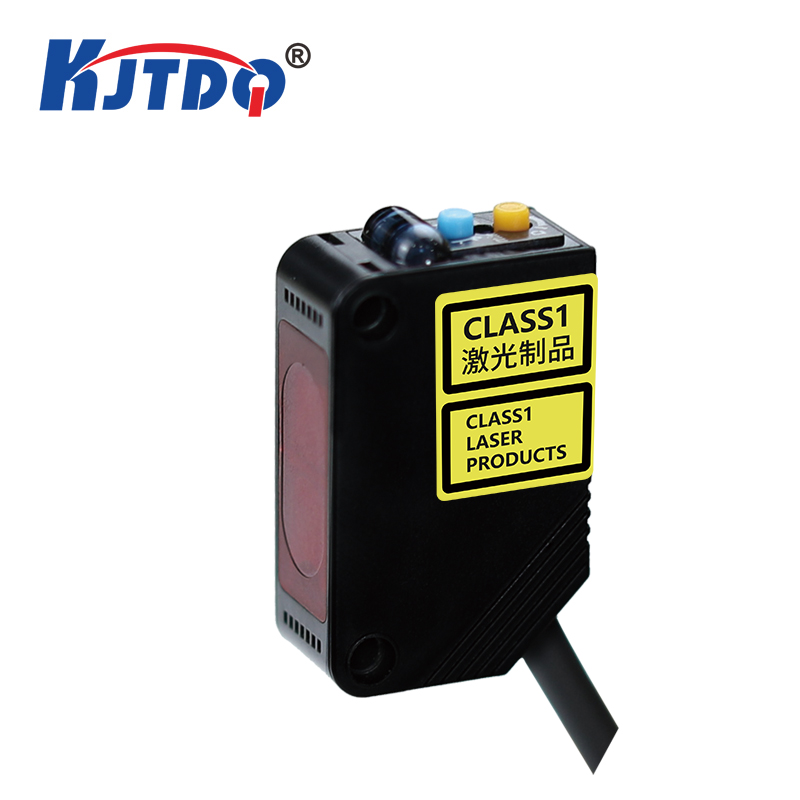BES0427 high pressure proximity sensor
- time:2025-09-30 15:40:30
- Click:0
BES0427 High Pressure Proximity Sensor: Unwavering Detection in Demanding Environments
Opening Hook: Imagine a critical hydraulic press in a bustling automotive plant, forging metal under immense force. Or deep-sea drilling equipment subjected to crushing ocean pressures. In these punishing environments, standard sensors fail. What’s needed isn’t just proximity detection; it’s resilient, pressure-proof reliability. Enter the BES0427 High Pressure Proximity Sensor – a dedicated solution engineered to withstand the squeeze and deliver unwavering performance where others falter.
Understanding the Core Need
Proximity sensors are ubiquitous in modern automation, detecting the presence or absence of nearby objects without physical contact, typically using inductive, capacitive, or magnetic principles. However, standard models aren’t designed to function reliably when immersed in fluids (like hydraulic oil) or environments subjected to extremely high external pressures. High pressure can:
- Physically damage housings: Causing leaks or catastrophic failure.
- Compromise seals: Allowing media ingress that destroys internal electronics.
- Alter sensing characteristics: Changing the inductance or capacitance, leading to erratic or false signals.
- Displace sensing elements: Affecting the critical gap between the sensor face and the target.
The BES0427 designation specifically signals a sensor built to combat these very challenges. It represents a class of proximity switches designed not just for detection, but for survival and consistent operation under significant hydrostatic or pneumatic pressure.
The BES0427: Built for the Crush

So, what sets a sensor like the BES0427 apart? It boils down to robust engineering focused on pressure containment and media resistance:
- Reinforced, Pressure-Rated Housing: This is paramount. Instead of standard plastics or thin metals, the BES0427 likely utilizes high-grade stainless steel (often 316L or similar) or specially engineered polymers capable of withstanding pressures potentially exceeding 500 bar (over 7250 psi), depending on the specific variant and rating. This housing is meticulously designed and tested to prevent implosion or deformation.
- Superior Sealing Technology: Specialized static and dynamic seals (like high-durometer O-rings, often Viton or Kalrez) are employed, along potentially with welded seams or specialized potting compounds within the housing, to create an impervious barrier against fluid or gas ingress under extreme pressure. This ensures the sensitive internal electronics remain protected.
- Pressure-Compensated Design (Potentially): Some high-pressure proximity sensors incorporate features to internally equalize pressure, minimizing the stress differential acting on critical components like the sensing diaphragm or coil assembly. This enhances long-term stability and resistance to pressure-induced drift.
- Optimized Sensing Face: The active sensing area is specifically designed to maintain performance integrity despite the external pressure load, ensuring accurate detection distances even in pressurized media.
Robust Performance Where It Matters Most: Key Applications
The BES0427 High Pressure Proximity Sensor isn’t a niche product; it’s essential for safety, efficiency, and reliability in numerous high-stakes industries:
- Hydraulic Systems: Monitoring piston positions within high-pressure hydraulic cylinders (e.g., injection molding machines, industrial presses, construction equipment). Direct immersion in hydraulic fluid under hundreds of bar is routine.
- Oil & Gas: Downhole tools, subsea equipment, valve actuators on pipelines, and refining processes involve immense pressures and harsh fluids. The BES0427 provides vital position feedback.
- Test Stands & Pressure Vessels: Endurance testing of components (pumps, valves, pipes) requires sensors inside pressure chambers that can reliably signal position or end-of-travel without failing.
- Die Casting & Metal Forming: Machines generating massive forces need sensors embedded in tooling or platens to detect mold closure or component positioning accurately.
- Chemical Processing: Monitoring valves or actuators within pressurized lines carrying aggressive chemicals demands both pressure resistance and often corrosion resistance.
- Marine & Offshore: Equipment operating at significant depths requires sensors resistant to seawater pressure and corrosion.
Key Features & Considerations for Implementation
Beyond its core pressure resistance, a BES0427 type sensor typically offers:
- Proven Sensing Technology: Usually inductive (detecting metallic targets) for robustness in fluid environments. Look for consistent switching distances even under pressure.
- High Protection Rating: Typically rated IP67, IP68, or IP69K, ensuring resistance not just to pressure immersion but also dust, water jets, and cleaning processes.
- Voltage Range: Common options include 10-30V DC or wider ranges for compatibility with standard industrial control systems.
- Output Type: Typically PNP or NPN switching outputs (NO/NC configurations available) for direct PLC integration. Analog or IO-Link variants might exist for smarter applications.
- Temperature Tolerance: Designed to operate reliably across industrial temperature ranges (e.g., -25°C to +85°C or wider).
- Electrical Connection: Options include robust M12 connectors, integral cables (often PUR or FEP sheathed for oil/chemical resistance), or conduit entries.
Selecting and Using the BES0427 Effectively
When integrating a high pressure proximity sensor like the BES0427, careful consideration is vital:
- Verify Pressure Rating: Ensure the sensor’s rated pressure (static and dynamic) comfortably exceeds your application’s maximum operating pressure, including any potential pressure spikes. Don’t operate near the absolute maximum limit; factor in a safety margin.
- Confirm Media Compatibility: Check that the housing material and seals are compatible with the specific fluid or gas in the pressurized environment (e.g., hydraulic oil type, seawater, chemicals). Material compatibility charts are crucial.
- Consider Target Material & Size: Inductive sensors require ferrous (iron-based) or non-ferrous metallic targets. Ensure the target size and material are suitable for the sensor’s specified sensing distance.
- Mechanical Installation: Follow manufacturer guidelines precisely for tightening torques on threaded bodies or connectors. Over-tightening can damage seals or distort the housing, leading to premature failure. Under-tightening risks leaks.
- Mounting Orientation: While often designed for versatility, check if specific orientations are recommended or to be avoided for optimal performance or draining.
- Environmental Factors: Account for ambient temperature, vibration levels, and potential exposure to other contaminants besides pressure.
Conclusion: The Uncompromising Sentinel
In the relentless world of heavy industry and extreme environments, standard sensors simply aren’t enough. The BES0427 High Pressure Proximity Sensor stands as a testament to specialized engineering. It provides the critical, reliable detection needed where pressure isn’t just a factor, but the defining challenge. By offering robust construction, exceptional sealing, and unwavering performance within pressurized media, it ensures machinery operates safely, processes run efficiently, and costly downtime is prevented. When the stakes involve immense force and demanding conditions, the BES0427 is engineered to deliver, proving itself as the indispensable, pressure-proof sentinel of modern automation.






